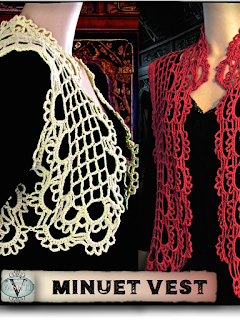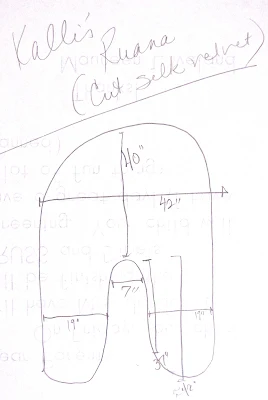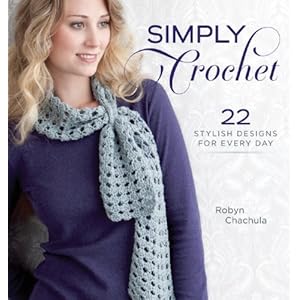 |
| Bivector Bangle, wide |
I've been floating on a cloud about my beaded slip stitch crochet discoveries. Not only do the little beads settle in to their assigned seats neatly and without fuss, they do so while showing equally on both sides of crochet jewelry. Nary a strand of thread covers them! In person they're like little stained glass candies! (Usually, crocheting with beads causes them to show more on one side of a crochet stitch than the other.)
And so now to convey my discovery in photos...
 |
| How to show light through the beads, though? |
Hmm.
How to photograph several bangles at different heights with light shining through them? This is a different challenge from photographing a crochet bathmat on a floor, a shawl on a mannequin, or a toy. (see examples below)
After all the crochet photography I've done since going indie about 3 years ago, it occurred to me to blog about this only now.
Last week I created the "From Crochet Design Idea to Professional Proposal" handout for CGOA's PD Day (Professional Development Day). A designer's photography skills are now much more important than when I first started designing eight years ago.
 |
| Better, but I don't want to see only the inside. |
I thought it was just me being picky about how my crochet looks in photos vs. in person, yet intimidated by my camera and photography jargon (as if others aren't). I thought I had to accept photography as part of the skill set needed for indie publishing (as if freelance designers for publications don't need it).
Knowing that Doris has gone through a similar development, I then thought it was just us; but other designers are now blogging about their journey with crochet and knit photography.
Shocking to me is this new development: some editors seem to think the quality of a designer's photo can make or break the impact of a design submission.
 |
| This is one of 15 similar shots. Not bad. The beads look more lit up like they do in person. |
This was not the case back when a sketch was the primary visual aid. The ability to capture a design feature in a photo should never be equated with the ability to design! The two skills are radically different. I'm posting links about this at my website as part of my new crochet class resources archive.
 |
| Thirsty Twists Bathmat: I get a lot of compliments on this photo. |
The Case of the Beaded Tunisian Lace Petals
Tunisian Petals is a loop scarf design I released as a Tunisian crochet lace pattern in Spring, 2011. I used beads in only the final two Tunisian Purl rows. The pure cashmere yarn was a delicate shade of petal pink (a bit paler than in the photo above). The only beads that looked right were colorless iridescent size 6/0 seed beads a.k.a. "E-beads".
 |
| Tunisian Petals: nice photo but where are the beads? |
My other goal in adding these beads was to distract the eye from a seam there, and it succeeds! So how to convey this design feature in photos?
The whole effect is exquisite in person. I ended up taking 79 photos in every kind of lighting and arrangement, still unable to capture in a photo what I was seeing in person.
Well, the effect was too subtle for a rookie photographer like me. Basically, when the stitches look their best, or the yarn color, the beads don't, and vice versa.
What I've learned since then:
- I wouldn't try to make one photo capture everything equally well.
- I'd make better use of my macro lens to try to get a magical close up of the beaded feature. Perhaps create a montage photo of different views in one.
- I'd do an alternate swatch in a yarn of different fiber or plying or sheen. I'd use beads with silver- or gold-lined holes for sharper sparkles.
- It turns out that photographing beaded crochet clothing is more like photographing crochet jewelry than non-beaded clothing. I've learned that these are different photography skill sets.
 |
| Here's Petals in the cooler colors of our new Lotus yarn. |













































